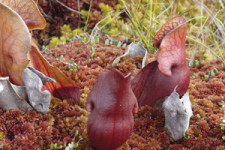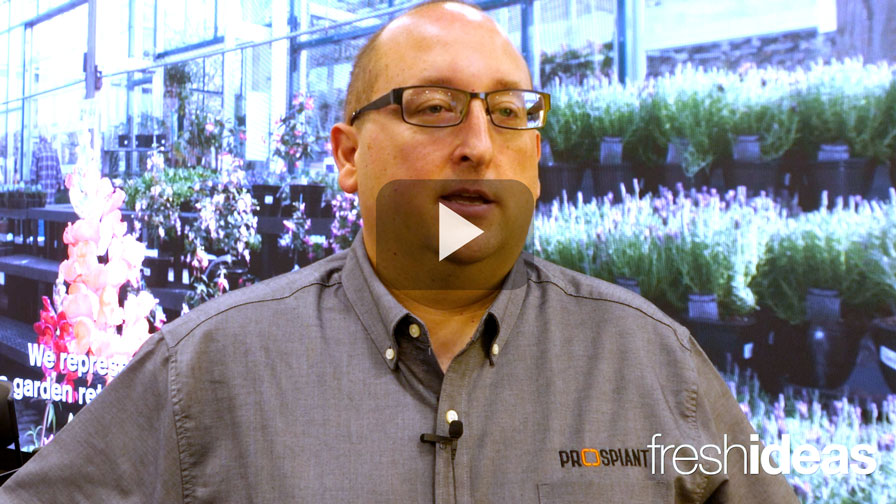The Peat Report: Addressing Peat’s Sustainability

Search far and wide, and you’ll be hard pressed to find North American greenhouse operations that do not rely on peat moss for at least some production.
Peat moss has proven itself over the years to be an effective growing medium that helps regulate air and moisture around plant roots. It is of less weight than other growing mediums and readily available in Canada and parts of the United States. Plus, a range of widely used programs for fertilizer, irrigation and other production essentials have been designed over the years incorporating large percentages of peat moss.
The horticultural use of peat moss, however, recently drew criticism at last summer’s Seeley Conference at Cornell University in Ithaca, N.Y., where a representative from the Sustainable Sites Initiative (SITES) introduced guidelines and performance benchmarks for sustainable land practices that are critical of peat.
Last summer’s Seeley Conference, of course, wasn’t the first time peat has been criticized as non-sustainable. But the Canadian peat moss associations and their producer members say critics are misinformed and there’s more to their story.
To learn more about these criticisms and the peat industry’s response to the accuracy of these claims, Greenhouse Grower traveled to Quebec in September. We visited Rivière-du-Loup peat bogs that are currently being harvested and restored. We also conducted interviews with several peat suppliers and Line Rochefort, the senior chair of the Industrial Research Chair in Peatland Management at Université Laval, for perspective on whether or not peat is a sustainable horticultural resource.
Additionally, we followed up with SITES for more perspective on its decision to deem peat non-sustainable. We also connected with other Seeley Conference attendees, including Mark Elzinga, Greenhouse Grower’s 2008 Grower of the Year, for their reaction to the Sustainable Sites Initiative’s decision and peat’s criticisms.
Both sides of the peat-sustainability debate are, of course, presented within this report. Now, greenhouse growers can make an informed decision for themselves.
A Case Against Canadian Peat Moss
Greenhouse Grower tasked the Sustainable Sites Initiative (SITES) with sharing perspective on its decision to deem peat non-sustainable. In this essay, SITES responds with its case against Canadian Peat Moss.
A Case For Canadian Peat Moss
Greenhouse Grower tasked the Sustainable Sites Initiative (SITES) with sharing perspective on its decision to deem peat non-sustainable. In this essay, SITES responds with its case against Canadian Peat Moss.
Seeley Attendees Sound Off
How are other Seeley Conference attendees reacting to the peat-sustainability debate sparked at Cornell University? We followed up with a few attendees. Here’s what they have to say.
Suppliers Speak Up
Peat producers say their industry has received unfair criticisms regarding their product and how they treat the land on which they harvest. Now, those producers are speaking up.
How Producers Harvest
Proper preparation and miniscule harvesting amounts allow some bogs to remain productive for decades at a time.
Slideshow: Tour Peat Production Facilities
The production facilities of Berger Peat Moss and Premier Tech Horticulture were among the stops Greenhouse Grower made in September. Take a peek inside their respective facilities.
Breaking Down Bog Restoration
In addition to harvesting peatland, producers are responsible for returning them to functioning ecosystems. Learn more about the seven steps they take in restoring peatlands.
Slideshow: Tour A Restored Peatland
Greenhouse Grower visited the Bois-des-Bel peatland during its visit to Quebec in September. Check out photos of the site and how restored peatlands compare to abandoned ones.









